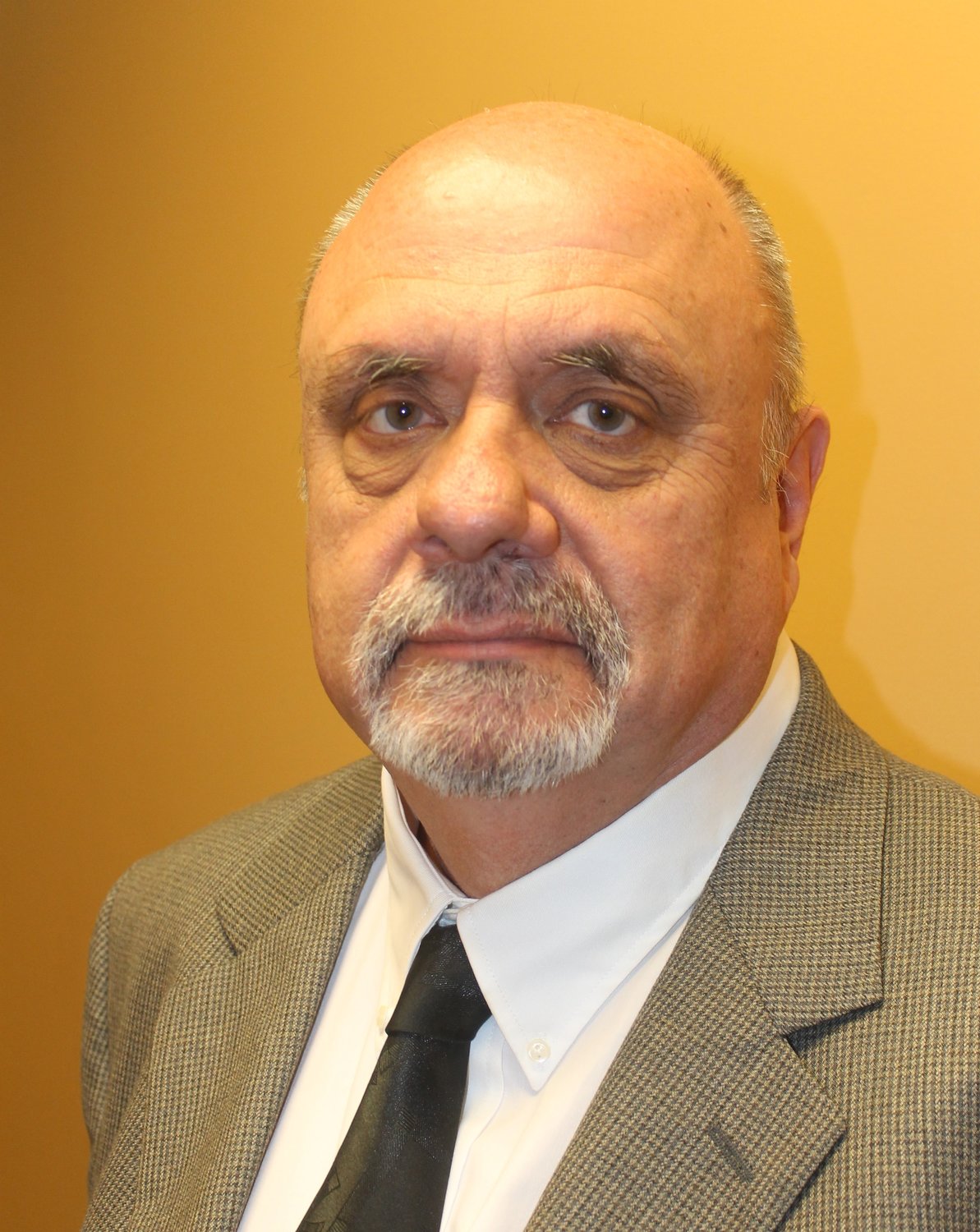Words don't do Augusta National Golf Club justice
Few places are hard for me to describe. Shoot, I’ve been known to talk about not being able to talk.
The Augusta National Golf Club is one of them.
I’ve been lucky, no make that privileged, to have been assigned to cover six Masters tournaments. For those who haven’t been able to walk past the bamboo fencing off busy and cluttered Washington Road, it’s like stepping off Blanding Boulevard at the Orange Park Mall at rush hour and into the most majestic canvas of solitude, color and opulence.
Television does a remarkable job showing viewers the splendor of the course, but it only goes so far. It’s a two-dimensional representation that lacks the depth, true vibrant colors, the exhilaration of the patrons – don’t ever call them the "crowd" or "gallery" – and the steepness of the hills, especially on the back nine.
When they talk about Amen Corner, it’s really a hole. By the time you’re at the No. 13 tee box, you’re so far down in a hole you can only see the sky when you look toward the clubhouse. That’s why you start your climb uphill for the final six holes.
My first Masters was in 1986. I walked down to 13, a sharp dogleg left, and stood on top of the hill facing the tee. The fairway turned to my right with the green surrounded by hundreds of blooming azaleas. No wonder the hole is called Azalea.
Jack Nicklaus hit his tee shot toward me, and the ball bounced 25 yards short, kicked left and rolled 40 yards downhill. He had an easy six iron to the green, where he two-putted for an easy birdie.
He talked about that tee shot during his post-round interview and mentioned aiming at a guy wearing a yellow shirt. I looked down at my yellow shirt and said loudly, “You’re welcome!” We both laughed. Nicklaus went on to put on his sixth and final green jacket three days later.
I was in the clubhouse with Payne Stewart in 1989, watching the playoff between Scott Hoch and Nick Faldo. Stewart had a beer in his hand when Hoch started to putt. Stewart yelled, “Do it for America!” Hoch’s two-footer never touched the cup. Faldo won the playoff on No. 11 with a 30-foot birdie putt. That’s why he got the nickname "Scott Choke."
There’s so much history at Augusta. The tournament used Army soldiers to post scores on the leaderboards until the 1950s, and other soldiers from nearby Camp Gordon (now Fort Gordon) were given free passes to the tournament. The soldiers latched onto a player who played with tenacity and white-collar golf swing. That’s how Arnie’s Army started for Arnold Palmer.
One thing that’s remained the same at Augusta is the prices. A badge for the practice rounds is $100, while the four-day tournament badge is $140. Many tournament badges are awarded for life, which means the only way to get one is they aren’t left in a will after the person dies. A few one-day-only badges are sold through a lottery. But at $140, it’s a bargain, even if you have less than a 1-in-200 chance of winning one. Compare that to a Jaguar game’s average single-game price of $152.
The concession stand is where the best deals can be found. Pimento cheese and egg salad sandwiches are $1.50. No, that’s not a misprint. You can get one of each for just $3. A Masters Club sandwich is $3. So are chicken salad on honey wheat, ham and cheese on rye or a classic chicken sandwich. Prices jumped by a buck to $6 for domestic and imported beer, but after you eat one of the classic peach ice cream sandwiches for $3, you won’t care.







